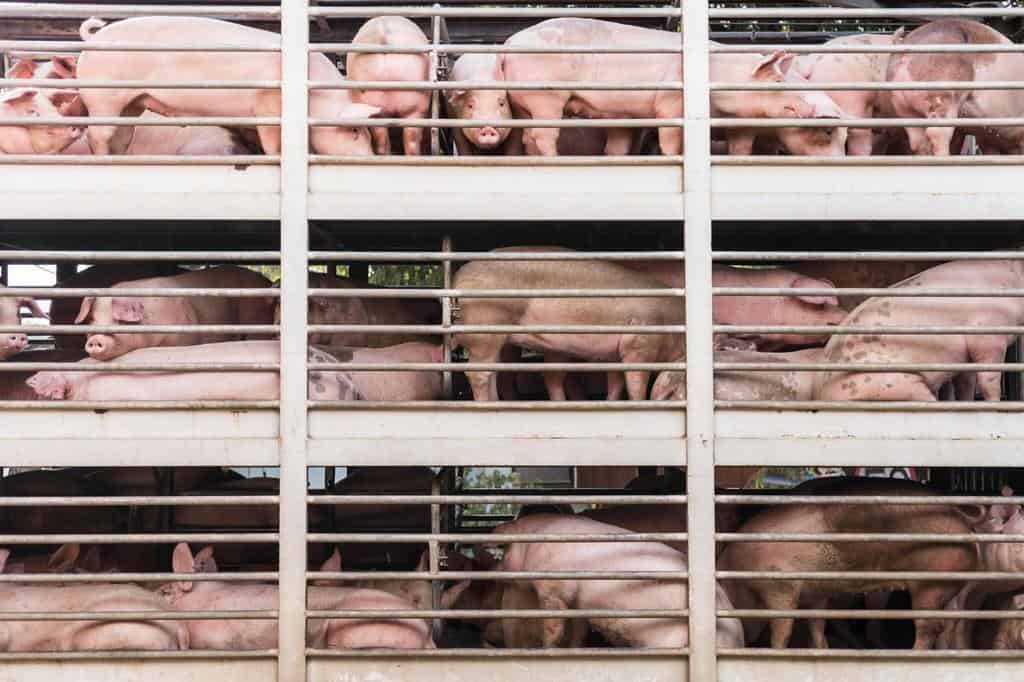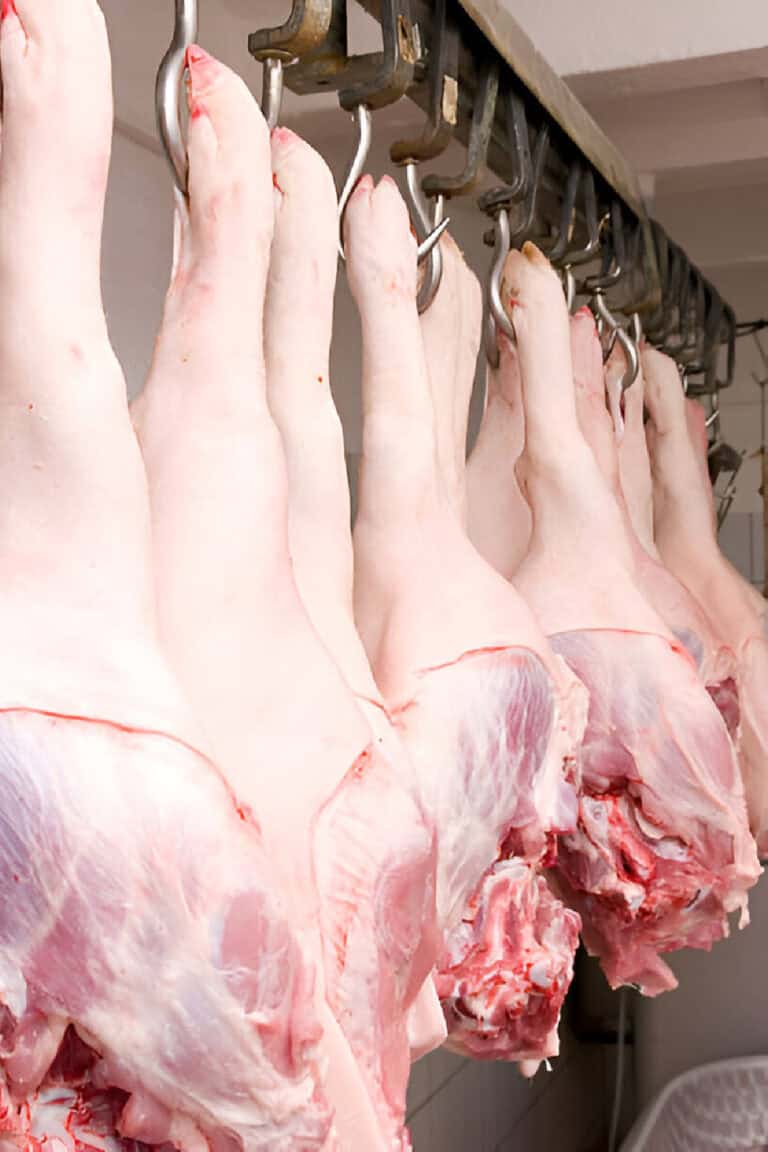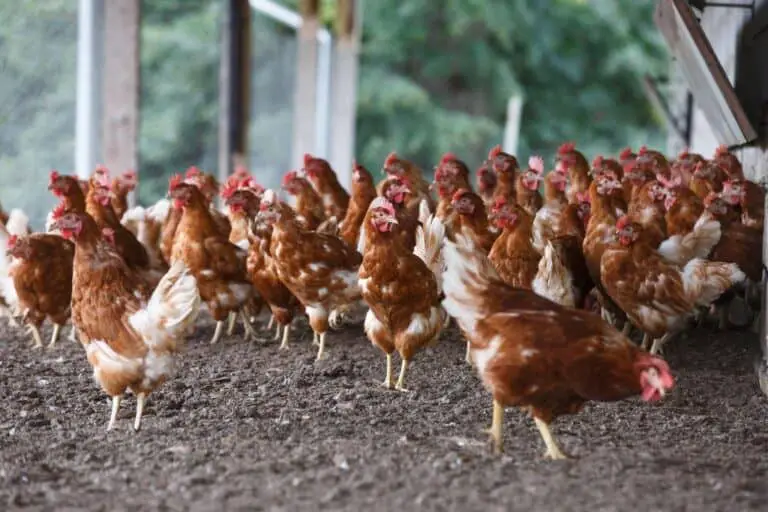Understanding Deadweight Average Pig Price: A Key Indicator in the Pork Industry

In agriculture and livestock, pricing is crucial. It determines industry health and stability of the industry. One crucial metric in the pork industry is the Deadweight Average Pig Price.
This price is calculated weekly from reports by abattoirs on the price they paid for the pigs they have slaughtered. The price gives insights into pig farming economics. It also sheds light on the wider farm sector.
This guide is comprehensive. We will cover the significance of Deadweight Average Pig Price, its history, and its role in shaping the pork industry.
The Foundations of Deadweight Average Pig Price
Before we explore the Deadweight Average Pig Price, let’s first understand its purpose and significance.
The Deadweight Average Pig Price, often abbreviated as DAPP, is a crucial economic indicator in the pork industry. It represents the typical price that abattoirs (slaughterhouses) pay for pigs on a weekly basis. This metric shows the market value of pigs at the point of slaughter. It is accurate. It is essential for farmers, processors, and policymakers.
Historical Evolution of DAPP
To fully appreciate the role of Deadweight Average Pig Price, you must trace its history. You must also understand the context in which it emerged.
DAPP was introduced in 2004, replacing the Adjusted Eurospec Average price report. This transition marked a significant shift in how the pig industry in various countries measured and reported pig prices.
The need for greater accuracy and transparency in pricing sparked the shift. The shift aimed to better reflect market conditions.
How to Calculate Deadweight Average Pig Price

Now, let’s delve into the intricacies of how Deadweight Average Pig Price is calculated. The process involves several key steps:
- Abattoir Reports: Abattoirs, also known as slaughterhouses, play a central role in the calculation of DAPP. They report the prices they paid for the pigs they have slaughtered during a specific week.
- Data Aggregation: We collect the reported prices and combine them. This gives the average price paid for pigs that week.
- Weighted Calculation: The calculation is typically weighted to account for variations in pig weight and quality. This ensures that the DAPP accurately represents the overall market conditions.
- Weekly Updates: DAPP is calculated on a weekly basis, providing real-time insights into the fluctuating market prices for pigs.
Significance of Deadweight Average Pig Price
The Deadweight Average Pig Price holds significant importance for various stakeholders within the pork industry:
- Farmers: Pig farmers rely on DAPP to gauge the market value of their livestock. It helps them make informed decisions about when to sell their pigs to maximize profitability.
- Processors: Abattoirs and pork processing companies use DAPP as a benchmark for setting prices and managing their procurement strategies. It enables them to stay competitive and adjust pricing based on market trends.
- Policymakers: Government agencies and policymakers use DAPP data to assess the health of the pork industry, monitor price stability, and make informed policy decisions that support the agricultural sector.
| Related: Best Tasting Pig Breeds (For Meats and Bacon) |
Market Dynamics and DAPP
The Deadweight Average Pig Price is not a static metric; it reflects the ever-changing dynamics of the pork market. Several factors can influence DAPP:
- Supply and Demand: Fluctuations in the supply of pigs and the demand for pork products can impact DAPP. A surplus of pigs can depress prices, while increased demand can drive them up.
- Feed Costs: The cost of pig feed, which is primarily composed of grains, can affect the profitability of pig farming. Higher feed costs may lead to increased prices, reflected in DAPP.
- Disease Outbreaks: Disease outbreaks within the pig population can disrupt supply chains and lead to fluctuations in DAPP.
Using DAPP as a Decision-Making Tool
For those involved in the pork industry, understanding how to interpret and utilize DAPP is essential. Here are some key ways in which DAPP can be a valuable decision-making tool:
- Timing Sales: Pig farmers can use DAPP data to determine the optimal time to sell their pigs, aiming for periods of higher prices.
- Contract Negotiations: Processors and farmers can negotiate contracts based on DAPP trends, ensuring fairness and profitability for both parties.
- Risk Management: Industry stakeholders can use DAPP data to assess and mitigate the risks associated with price volatility in the pork market.
Conclusion
In conclusion, the Deadweight Average Pig Price (DAPP) is a key metric in the pork industry. It gives valuable insights into market conditions and pricing trends. It was introduced in 2004. This marked a big step towards more accurate and clear pig pricing. It helped farmers, processors, and policymakers.
DAPP is a dynamic indicator. It reflects the ever-changing pork market. This makes it a vital tool for industry decision-making and risk management. By using DAPP well, stakeholders can understand the complexities of the pork market. They can then contribute to its sustainable growth and prosperity.
FAQs
Can I access historical Deadweight Average Pig Price data to analyze long-term trends?
Yes, historical DAPP data is often available through industry organizations, agricultural agencies, and online platforms. Analyzing this data can reveal long-term pricing trends, aiding in strategic decision-making.
How can pig farmers mitigate risks associated with price fluctuations in the pork industry using DAPP?
Pig farmers can use DAPP data to identify price trends and make informed decisions about when to sell their pigs. Timing sales for higher prices helps. Using contracts based on DAPP trends can reduce the risks of market volatility.
What is the significance of Deadweight Average Pig Price in the pork industry?
DAPP holds immense significance as it serves as a vital barometer of the pork market’s health. It provides real-time insights into pig pricing trends. This helps stakeholders, like farmers and processors, make informed choices. Understanding DAPP is crucial for pricing strategies. It is also key for risk management and policy in the pork industry.
How often is Deadweight Average Pig Price updated and reported?
DAPP is typically updated weekly, aligning with the fast-paced nature of the agricultural market. These regular updates enable industry participants to stay current with market fluctuations and make timely adjustments to their strategies.
What factors influence fluctuations in Deadweight Average Pig Price?
Many things affect DAPP’s fluctuations. These include supply and demand changes, feed costs, disease outbreaks, and global market conditions. These variables interact to determine the market price of pigs at slaughter.
How can farmers use Deadweight Average Pig Price to maximize their profits?
Farmers can use DAPP as a strategic tool to optimize profit margins. They can track DAPP trends. This will let them choose the best times to sell. They can also negotiate good contracts and set effective prices.
Are there regional variations in Deadweight Average Pig Price, and if so, why?
Yes, DAPP can vary by region. This is due to factors like local supply, demand, and transport and processing costs. These variations reflect the complex interplay of regional factors within the pork industry.






